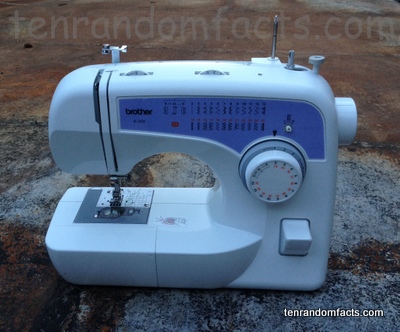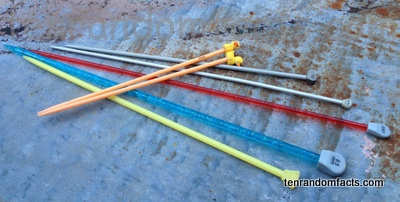
Make clothes ten times faster using sewing machines.
- Sewing machines are appliances that use fabric and thread, along with human guidance, to sew textiles together.
- The first patent for a sewing machine is evidenced by a diagram, by the inventor Thomas Saint, and Englishman, in 1790, although there is a possibility that Charles Weisenthal, a German had already invented a machine 35 years earlier to go with a machine needle he had patented.
- The inventors Isaac Singer and Elias Howe from the United States, significantly improved the early designs of sewing machines in the 1840s and 1850s, and are often credited as the inventors of the appliance.
- Sewing machine production began in earnest in the 1850s, with the first saleable machines being those made by Isaac Singer, and they were used commercially.
- Sewing machines were first purchased by the general public in the 1860s, often by women, which cut down their sewing time from approximately 14.5 hours by hand, to 1 hour using the machine and by 1863, the Singer Manufacturing Company were selling 20,000 machines a year for home use.
- The first feasible electric sewing machine was invented in 1889, originally being powered by a bulky, outer motor, and by the early 1900s, they were a popular item in homes.
- Sewing machines usually have the ability to sew various stitches, and will generally include the two main basic stitches, straight stitch and zigzag stitch, and the stitch one chooses will depend on the type of fabric, the purpose of the stitch and the look of the stitch.
- Sewing machines are primarily used to create clothes, but can be used to make other textile items like furnishings, toys and books.
- Sewing machines normally include a foot pedal; needle; presser foot; bobbin winder; hand wheel; feed dogs and a number of other parts that are visible, as well as numerous parts inside the machine, including the motor.
- Sewing machines replaced the significant, time consuming, hand sewing that was required to make clothes and other furnishings before the machine was invented, and this has significantly changed the clothing industry due to the speed in which clothes can be made, as well as the cost in making the garments, and it has also impacted greatly on the home, as women no longer need to make clothes as they can be bought so cheaply from shops, which has helped to give women the freedom to work outside the home.
Bibliography:
Sewing Machine, 2013, Wikipedia, http://en.wikipedia.org/wiki/Sewing_machine
Tague A, Sewing Machine Fact Sheet, 2013, Overstock, http://www.overstock.com/guides/sewing-machines-fact-sheet









